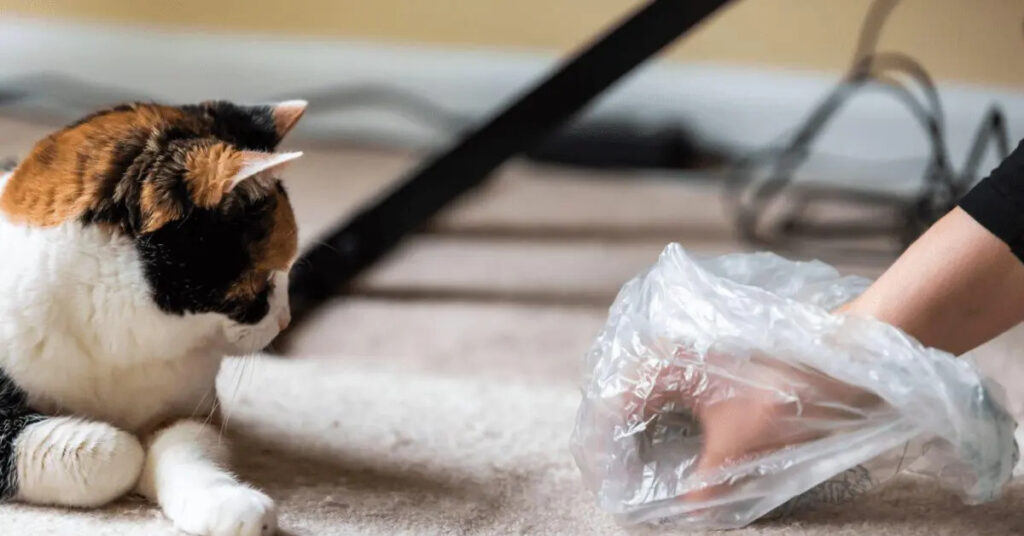Last Updated on September 5, 2023 by
Fluffy hairballs can be used as toy stuffings but can be dangerous when they get into your four paws’ tummy.
Cleaning up the cat hair mess on your furniture, clothes, and floor can be much easier than making your munchkin puke the swallowed hairballs. This can be a significant problem during the warmer months when your feline is excessively shedding, but you can’t rule out an incident on any given day.
Hairballs can obstruct your furball’s food pipe, stomach, and intestines and trigger other secondary health problems. Expect your pet to meow more than usual, cough, vomit, suffer from abdominal pain and diarrhea in such an instance.
A vet visit may be inevitable to get your furry pet’s tummy sorted. Pet insurance for cats allows you to support your munchkin with quality medical assistance in times like these and many others. Contemplate purchasing a policy because pet insurance cost can be more bearable than fat vet bills you may have to pay during unexpected health situations and emergencies.
Meanwhile, read this article to learn how to identify a cat that has swallowed hairballs and what to do to solve the pesky problem.
Causes
It might appear icky, but hairballs are the blobby outcomes of your furball’s daily grooming routine. Note that a feline fur baby has sharp, hook-like, teeny weeny structures on its tongue that help remove loose and dead hair.
During this combing process, the kitty may gulp some hair and cough out the rest. The swallowed hair will go through the gastrointestinal tract, settle there as hairballs, or be excreted along with stools.
Long-haired kitties like Himalayan cats, Balinese, Birman, Persian, Maine Coon, and others are more susceptible to hairballs. Cats that groom or shed often are also more prone to ingesting hairballs and suffering from associated health issues.
With this, it might be clear that young kittens are less vulnerable to having hairballs, and they can develop this problem as they grow up.
Signs
Don’t ignore symptoms like gagging, retching, and hacking because a hairball could be on its way up the food pipe. It might not take long to cough up the hairball, so don’t be scared. However, if your furry baby is trying hard to get it out and there is no result after persistent trials, there could be a problem.
Watch out for signs like lethargy, diarrhea, appetite changes, and constipation to get clues about what is happening with your dear fur companion. Try offering your cat special formula cat food, mild laxatives, and other products to help push the hairballs out of the GI tract effectively.
Regular grooming and stopping your pet from engaging in excessive grooming can help them avoid frequent hairball ingestion episodes. Should you notice any concerning signs, scoop up your munchkin to the vet asap.
Pet insurance for cats covers a frisky feline’s testing, treatment, and medications during unplanned vet visits and medical emergencies, with little financial implications. Contemplate purchasing a suitable cat policy because pet insurance cost can be much lower than surprising vet bills during dire health situations.
Apart from this, if you are interested to know more about Best Dog Food then visit our PETS category.

